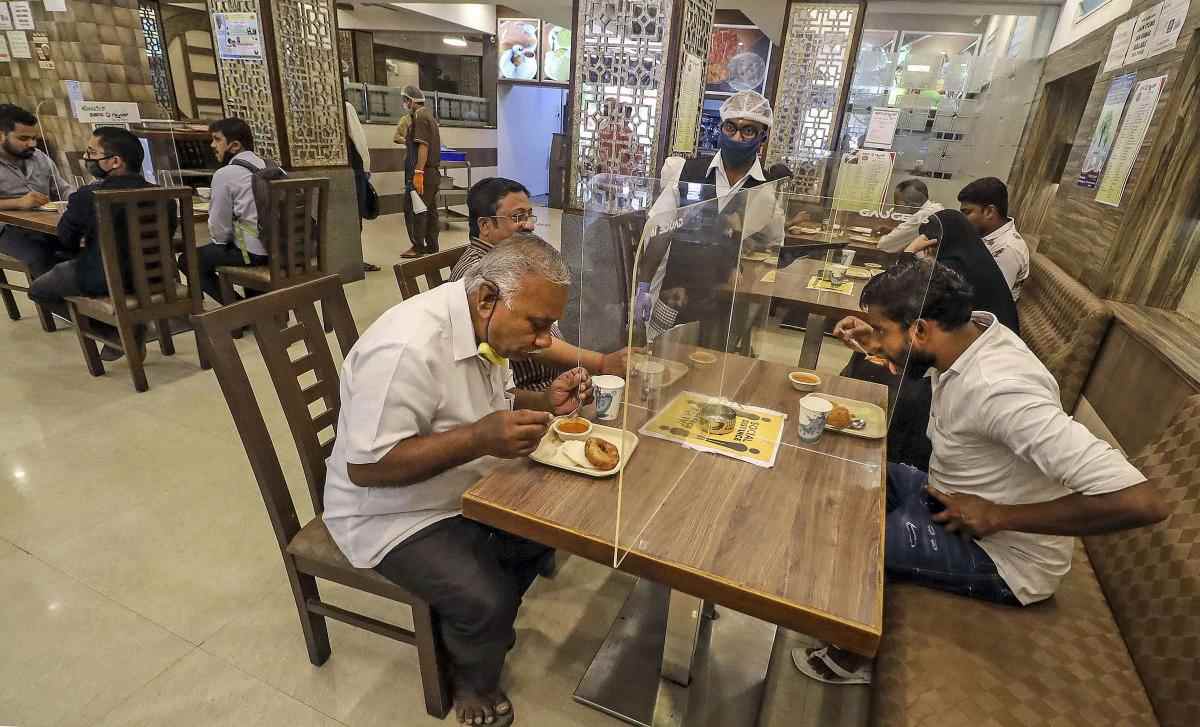FEW TAKERS FOR DINE-IN FACILITIES, MALLS
While traffic snarls were witnessed in various cities, few of them saw any big rush at malls and restaurants.
In Delhi’s Select City Mall, for instance, as shop assistants arranged shelves and brought out mannequins, signs of “We missed you, Welcome Back’ were put up in greeting. But only a few braved the coronavirus scare to venture into the mall, now all about functionality and not leisure.

Some restaurants opened but waiters, in scenes that could be straight from a futuristic sci-fi film, were in face shields and the customers, at tables placed a safe distance from each other, in masks till the food arrived. Stay away zones were marked with big crosses as were escalators to ensure there was no crowding.
MAHARASHTRA EMBARKS ON MISSION BEGIN AGAIN AS CASES SOAR
Mission Begin Again took off in Maharashtra, where the number of cases has crossed 85,000 with more than 3,000 deaths, in a truncated form without malls or religious places but with offices and several shops back in business.
In the state capital Mumbai, offices opened in many places, including the Bandra-Kurla Complex and Lower Parel. Shops in key market areas of Dadar, Colaba and Kurla also opened for businesses.
Though the lockdown is in force till June 30, the Maharashtra government, as part of the phase-wise reopening of the economy and public activities, has allowed private offices to resume operations with 10 per cent staff.
There were other signs of a return to normalcy.
About 2,100 buses hit the city roads till noon, a BEST statement said.
Maharashtra’s overall tally of people having tested positive for the novel coronavirus infection has now exceeded the numbers recorded by China, Qatar, Bangladesh, Belgium and Belarus, among a host of several other countries.